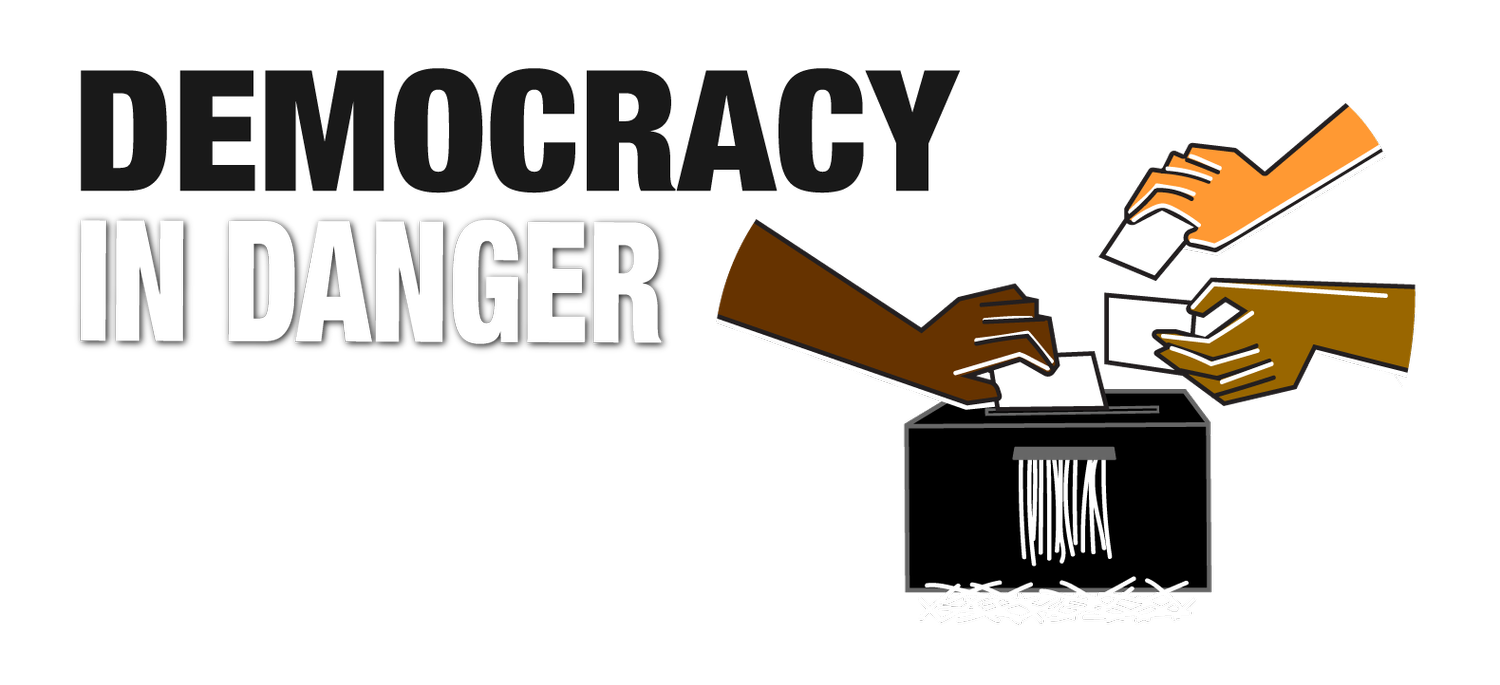The Prison Pipeline
Prisons are disproportionately full of minority populations. Systemic inequality might be the real criminal.
Read
America incarcerates more people than any country: more than 2 million, or nearly a quarter of the world’s prison population. And U.S. inmates are disproportionately Black and Latino. How did we get here? Yale historian Elizabeth Hinton argues that minority communities suffered from successive “wars” meant to save them — from poverty, from crime, from drugs — but which criminalized them instead. She joins Will and Siva for a poignant discussion about the past and future of policing and mass incarceration in the United States.
Meet
An associate professor of history, African American studies and law at Yale University, Elizabeth Hinton’s research focuses on racial inequality and violence in U.S. cities in the 20th century. Her 2017 book From the War on Poverty to the War on Crime: The Making of Mass Incarceration in America (Harvard University Press) traces the country’s prison industrial complex to the unintended consequences of the Great Society social welfare programs of the civil rights era. Follow Hinton on Twitter @elizabhinton.
In From the War on Poverty to the War on Crime, Hinton shows how bad social science pathologized Blackness and infused efforts to address the consequences of structural racism with racist assumptions. The long-term effects on African American communities were devastating. Read an excerpt here.
Listen to Hinton speak with Brooke Gladstone of WNYC’s On the Media, about policing in America.
This op-ed in the New York Times suggests that policymakers in the 1960s knew what the right thing to do was, but didn’t do it. Read about what defunding the police — and funding communities — really means.
Learn
Covid has hit prison populations hard and led state governments to furlough thousands of inmates for safety reasons. Sarah Stillman for The New Yorker asks whether the coronavirus pandemic will change the way we address crime and punishment.
The Marshall Project, a nonprofit news organization that covers criminal justice, has curated a list of links to stories on mass incarceration, including this personal account from a reporter whose father went to prison when she was 5.
Roge Karma writes in Vox that communities really can reduce crime without turning to state violence. His piece draws on the work of a contemporary sociologist, about the dramatic drop in violent crime in American cities over the past 30 years.




